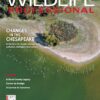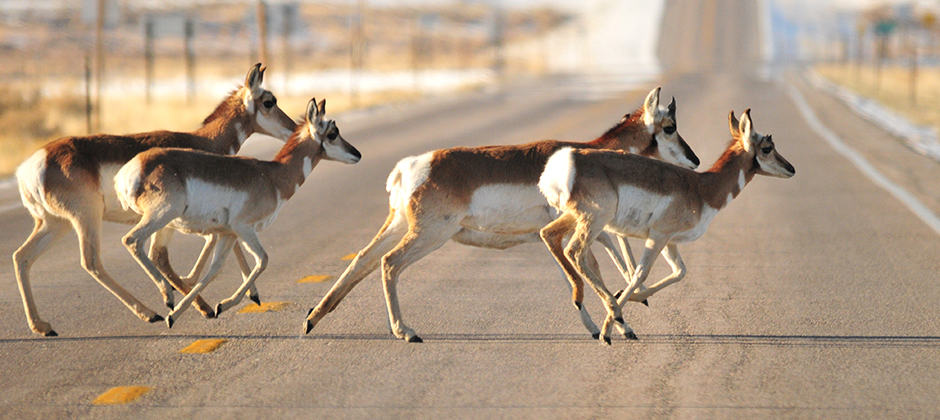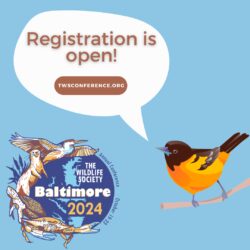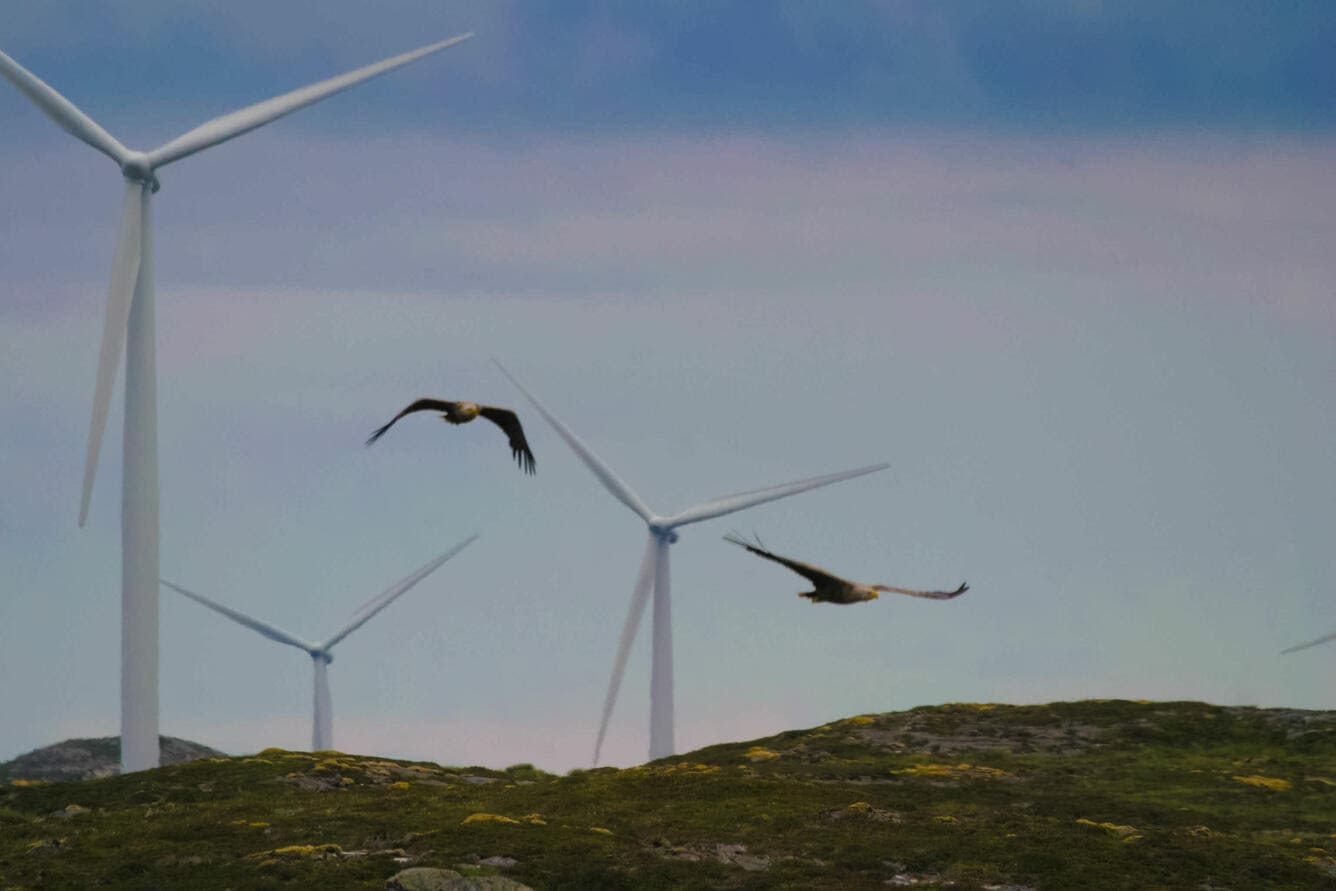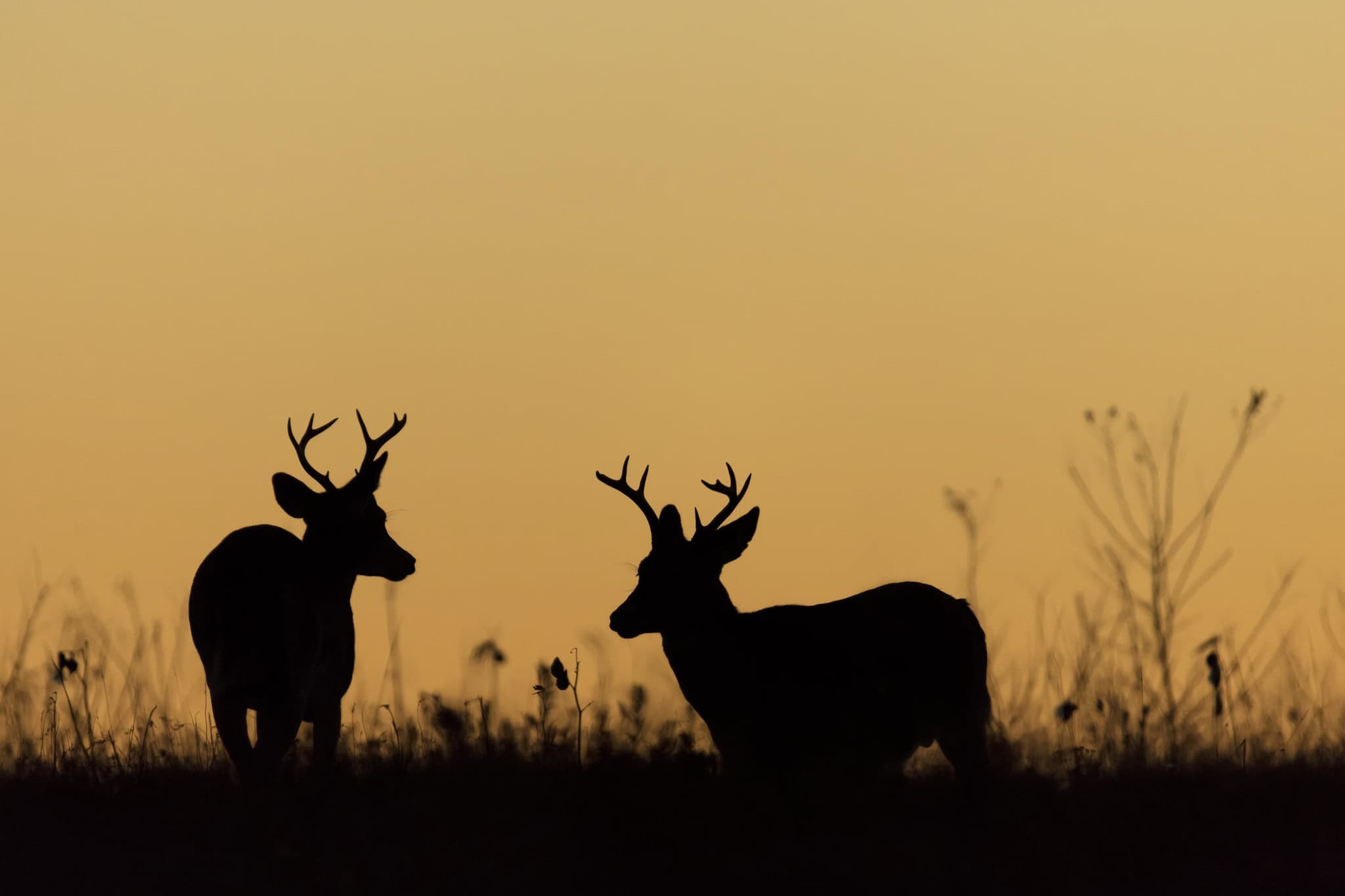Share this article
House Committee passes transportation legislation
The House Transportation and Infrastructure Committee approved a nearly $500 billion highway bill that includes a section devoted to reducing wildlife-vehicle collisions, as well as funding for maintenance of roads on refuges and other federal lands. The bill will be part of a larger green infrastructure bill.
Released earlier this month, the “Investing in a New Vision for the Environment and Surface Transportation (INVEST) in America Act”(H.R. 2) reauthorizes the current transportation bill and will serve as the centerpiece of House Democrat’s forthcoming $1.5 trillion green infrastructure package.
The bill, decided on after 36 hours of debate on June 18, provides $494 billion over five years for surface transportation programs. The funding includes $319 billion for the federal highway program, $105 billion for mass transit and $60 billion for rail. The bill also provides funding for road building and maintenance on National Wildlife Refuges and other federal lands.
The bill would allocate $300 million to reducing wildlife-vehicle collisions and improving habitat connectivity. It also calls for a nationwide study of such collisions, a standardized data tracking system and new national guidance to help determine when a state should put in place mitigation measures to reduce wildlife-vehicle collisions.
The transportation bill is expected to be brought to the House floor as part of a larger green infrastructure bill, which will contain provisions related to climate change, promoting alternatives energy sources such a wind and solar, and protection of water resources.
Late last week, an amendment was filed to include the Recovering America’s Wildlife Act in the infrastructure package. Rather than include mandatory funding as originally drafted, the amendment would authorize funding of up to $1.3 billion a year for 5 years. It would remove the match requirements for funding, and would also include a small, voluntary incentive for states to incorporate plant conservation in their State Wildlife Action Plans.
The infrastructure package will also contain a public lands title, which would, among other things, create a National Wildlife Corridors System to protect native fish, wildlife and plants on federal lands, and provide grants for the restoration, maintenance and preservation of wildlife corridors on state and private lands.
Last month, The Wildlife Society joined nearly 40 other organizations in asking the Transportation and Infrastructure Committee to consider wildlife in upcoming transportation legislation and to incorporate wildlife provisions included in the Senate transportation bill, approved by the Environment and Public Works Committee in January.
A key component of that bill, not included in the House package, is the competitive Wildlife Crossing Pilot Program, which would provide $250 million over five years in competitive grants to states, tribes, and local governments for wildlife infrastructure projects that reduce the number of wildlife-vehicle collisions and improve habitat connectivity.
House leadership plan to bring the infrastructure bill to the floor for three days of debate this week. However, with Congress also discussing stimulus legislation to help the country recover from the COVID-19 pandemic and with the appropriations process for Fiscal Year 20-21 gaining momentum, that schedule could shift.
Header Image: Wildlife crossing highways, like these pronghorn (Antilocapra americana) cause over 1 million wildlife-vehicle collisions each year. Credit: USFWS Mountain and Prairie Region

